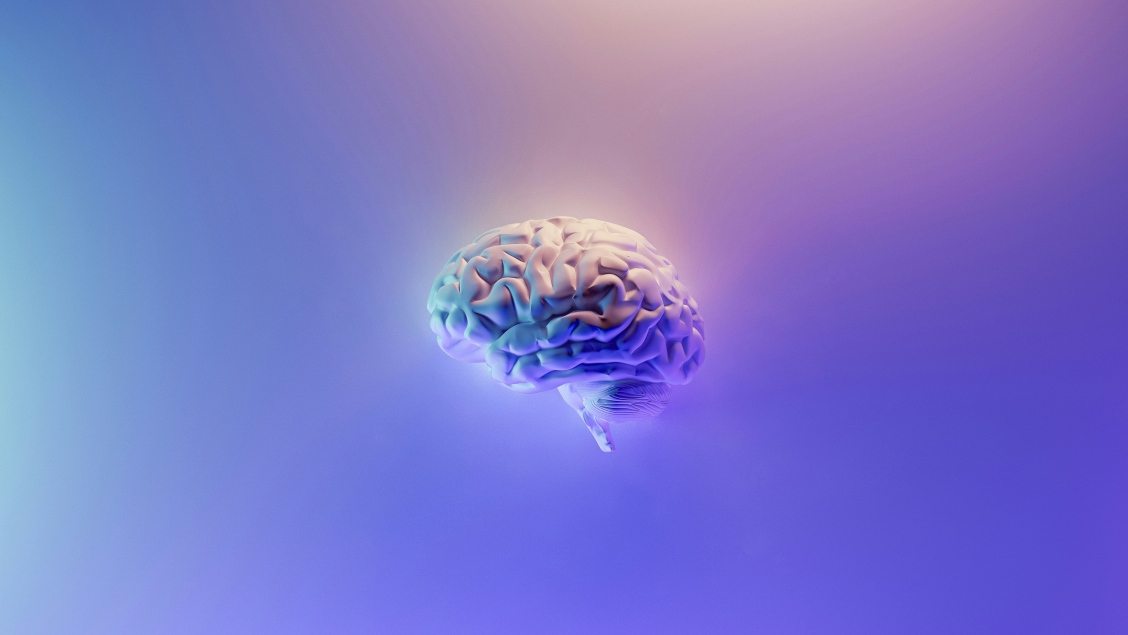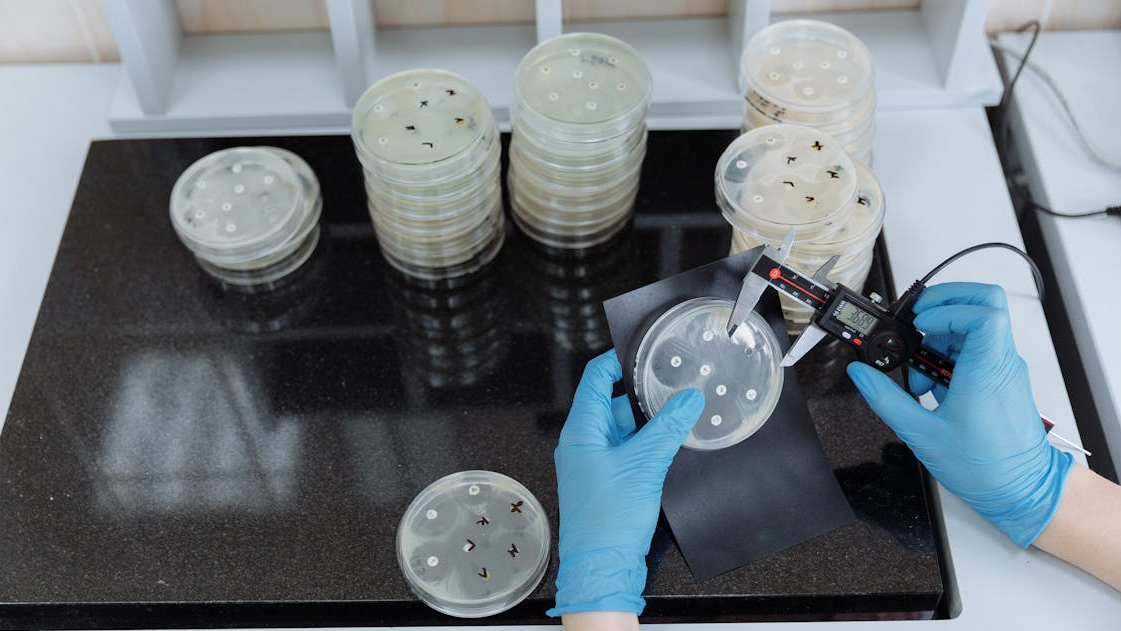
New Technology Detects Schizophrenic Behaviours in Mice
Schizophrenia is a serious psychiatric disorder impacting a person’s behaviour, thoughts, and feelings. It is characterised by the presence of psychosis, which causes hallucinations and delusions that trigger a wide range of negative feelings and sensations. This includes anxiety, confusion, disorientation and paranoia.
The causes of schizophrenia are not completely known but have been linked to various genetic, environmental and lifestyle factors. Furthermore, the exact mechanisms of development and progression of the disease are yet to be determined.
Schizophrenia is a lifelong condition that can severely impact one’s quality of life, especially when left untreated. The development of effective treatment options relies on scientific research to understand the development and mechanisms of the disease. A study published in the Open Access International Journal of Molecular Sciences explores schizophrenia behaviours in mouse models.
The research, published by researchers from Fujita Health University, Japan, explores the use of a new technology called IntelliCage. This technology is an automated system that tracks the different behaviours in mice.
Methods to detect schizophrenia in mouse models
Previous research has demonstrated the development of mouse models using MK-801, a drug that targets a specific glutamate receptor, the N-methyl-D-aspartate receptor, a protein channel involved in learning and memory.
Blocking the receptor using this drug demonstrates schizophrenic behaviours in mice. This application is based on the glutamate hypothesis model. Pre-clinical and clinical research have shown that glutamate dysfunction and altered glutamate levels may increase the risk of developing schizophrenia. Based on these findings, pharmacological interventions have been developed to regulate glutamate function. Furthermore, glutamate dysfunction may determine clinical outcomes and response to interventions.
Previous conventional animal models of schizophrenia are valuable to understand the neurobiological mechanisms of the disease, and involve direct human handling to carry out specific tests.
However, models that require human handling may not reflect the true behaviours of mice, and may trigger unusual or stressful behaviours. The development of an automated system which did not involve direct contact from humans during testing was therefore essential for the researchers to efficiently analyse and understand schizophrenia-like behaviors in mice.
Using IntelliCage for behavioural detection
To solve this issue, researchers used the automated technology called Intellicage, a home cage monitoring system which tracked the altered mouse behaviour under semi-naturalistic conditions. The technology involved an tagging the mice with a microchip which tracked activity levels, nose-poke responses and drinking behaviours.
Furthermore, IntelliCage enabled the analysis of essential behavioural factors such as emotional and cognitive functions, competitiveness, spatial learning and reversal learning. The researchers analysed these behaviours in order to develop a refined behavioural model of schizophrenia in mice.
Tracking mice using IntelliCage shows altered schizophrenic behaviours
The automated IntelliCage system enabled the researchers to carry out long-term and non-invasive assessments of mice treated with MK-801. These mice exhibited schizophrenia-like behaviours. This included reduction in competitive behaviour seen in the mice, as shown in reduced visits to rewards put in the cage. This result indicated a ‘behavioural deficit’ that reflects social impairment also found in schizophrenia.
Furthermore, the researchers found that mice treated with MK-801 exhibited hyperactivity in a novel environment as well as impaired cognitive flexibility. This was demonstrated by the delay in mice adapting to new reward locations, compared to control mice.
“By using IntelliCage, we established an ecologically valid platform for the comprehensive assessment of schizophrenia-like behaviors. Our work may help refine preclinical animal models of schizophrenia, enhance translational research in psychiatric disorders, and accelerate the identification of novel therapeutic targets,” explains Dr. Kubota, author of the study.
The authors discuss how this delay may be due to the inability of the MK-801 treated mice to efficiently recall previous associations, which is heavily reliant on the pre-frontal cortex and its interaction with other parts of the brain, such as the hippocampus and striatum.
As discussed, IntelliCage successfully tracked MK-801-treated mice, which exhibited schizophrenic-like behaviours. The non-invasive automated technology enabled a long-term assessment of the animals in a naturalistic setting without the need for human handling during behavioural testing, and therefore is more ecologically accurate.
Future behavioural analysis using IntelliCage
The study provided important information on the key schizophrenic behaviours that MK-801-treated mice demonstrated during the study, informing a more refined disease model for schizophrenia.
However, the authors discuss how the study did not include the complexities of the disease, as the study was solely based on the glutamate hypothesis of schizophrenia pathogenesis. Future research would therefore include analyses and comparisons of mice behaviours induced by alternative hypotheses, such as those that focus on pre- and perinatal neurodevelopmental processes.
“IntelliCage may become a standard tool in preclinical studies, offering reproducible behavioral assessments that can enhance the screening and evaluation of novel antipsychotic drugs. Ultimately, this could contribute to the development of more effective treatments for schizophrenia, thereby improving patients’ quality of life.”- Dr. Kubota.
Despite the study limitations, this analysis of animal behaviour demonstrates a novel and efficient method of non-invasively detecting mouse behaviour in MK-801-treated mice. It provides a valuable insight into schizophrenic-like behaviours, enabling the further refinement of disease models. Importantly, it promotes the advancement of research for the development of pharmacological interventions and psychiatric treatment, essential to the millions across the globe suffering from the life-altering disease.
To learn more about the latest research on neurological disease, molecular neurobiology and other aspects of neruoscience, click here to access the International Journal of Molecular Sciences, or Brain Sciences. Alternatively, access the full journal list to read more research across a wide range of scientific disciplines.










